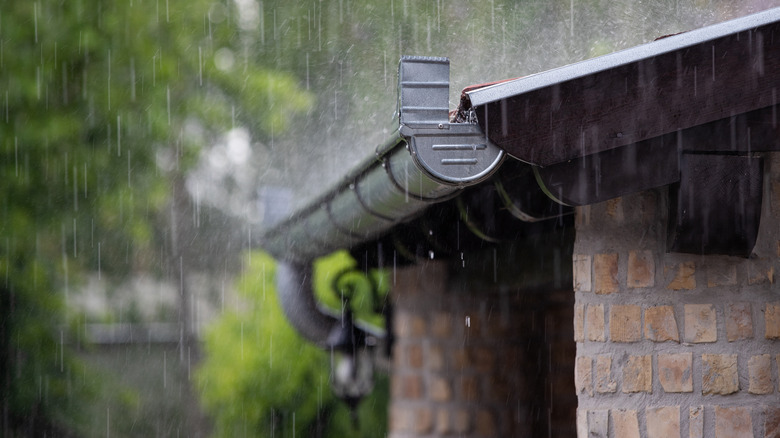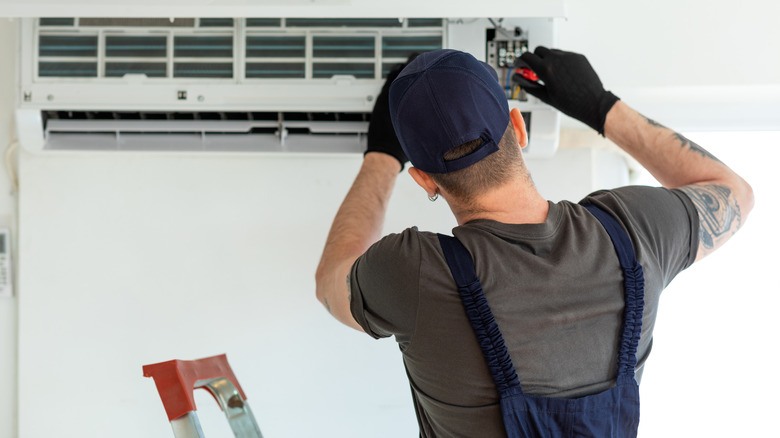The Maintenance Task That Can Attract More Buyers When Selling A Home
Finances, future plans, and the responsibilities of homeownership are some core issues that affect any decision to buy a house. Most people are concerned about affording the purchase, from the down payment to the subsequent costs of repairs and maintenance, and they try to visualize how the home will fit into their future life. Current realities also impact the home-buying process and affect the housing market as a whole, just like any other sector. One way this has manifested recently is in the growing search for homes with weatherproofing to mitigate the risk of climate disasters.
The term "climate crisis" has become more common to explain climate change and its impact. As the situation worsens, it causes more people to seek homes while bearing the risks in mind. The results of a 2023 Zillow survey revealed that over 80% of U.S. homebuyers thought about the natural disasters they could expect in the location of a home they were considering. If you're selling a home in an area prone to such, homebuyers will be looking for the appropriate weatherproofing measures you need to meet that demand.
What weatherproofing is and its benefits
As Gen-Z and Millenials have become the largest group of homebuyers, sellers need to get familiar with their concerns and what they prioritize if they want to attract buyers. Weatherproofing your home is one way to show that your home is equipped to face the potential dangers caused by climate change, not just today but for years to come.
Weatherproofing refers to the measures taken to protect a home from the elements and enhance a home's durability, energy efficiency, and comfort. Naturally, this will be attractive to potential buyers because it gives peace of mind about living in a location prone to severe weather conditions or where it's a growing issue. Proper weatherproofing can insulate a home, protect it from water damage, and stabilize temperatures. As a result, it can make your home more efficient by reducing energy consumption and utility bills. It also means the buyer can worry less about paying for repairs due to damages.
How to weatherproof your home
Before diving in, start by identifying the climate risks specific to your region because the measures you take will depend on this. Some common problems are hurricanes, tornadoes, heavy snowfall, rising waters, extreme temperatures, droughts, and wildfires. In a place with rising waters, weatherproofing looks like installing tanks and electrical wires above flood level, building slopes to drain water away from the building, and waterproofing your basement.
In areas with extreme temperatures, hot or cold, insulate properly and keep a well-maintained HVAC system. Sealing around windows and doors will also help cut down on energy loss. In a drought region, upgrade to water-efficient appliances and get creative with systems to collect and reuse rainwater. Wildfire protection can also be done in different ways. You can install a firebreak, use fire-resistant building materials for your home's exterior, and add a fire retention pond to your backyard. As you go through the process of weatherproofing your home, it helps to get insight from local authorities and environmental agencies to understand the specific needs of the location.


